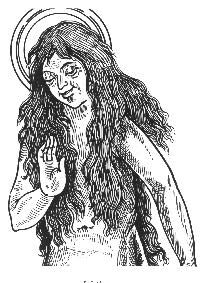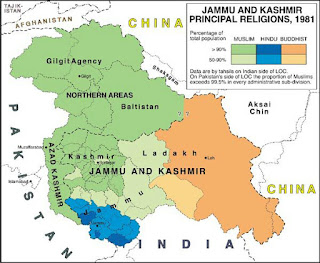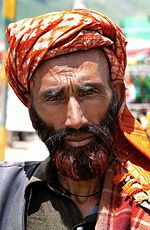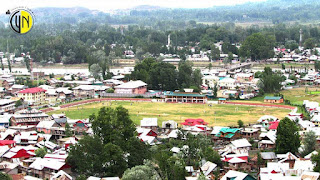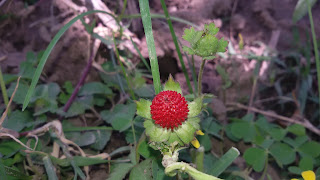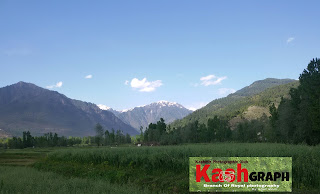Sheikh-Ul-Alam Hazrat Noor-Uddin Wali

ROZA SHARIF HAZRAT NOORUDDIN NOORANI(CHARAR-E-SHARIF,KASHMIR) His year of birth is disputed. Some say it was 779 Hijri while others hold it as 757 Hijri. It is futile to go into the discussion here but under modern research the year 779 is more probable. Place of Birth This too is a matter of dispute. People generally believe that he was born at Kemoh Kolgan but his poetic works don't corroborate it and assert thathis place of birth was Khi-Jogipura in the Kulgam tehsil."There, at Khi-Jogipura I was born because of His kindness. I am Nands Sanz Muslim." Parentage From both sides (mother and father) he came down from the royal family of Kishtwar which descended from Maharaja Vikramajit. Sheikh-Ul-Alam himself, mentions his lineage in his verse:My Father and mother belonged to the Sanz family. Ogra Sanz and his son Durpita Sanz were my ancestors. His son Zanga Sanz who was killed in a battle succeeded Durpita Sanz. He left behind a son: Hambar Sanz. The later ...
